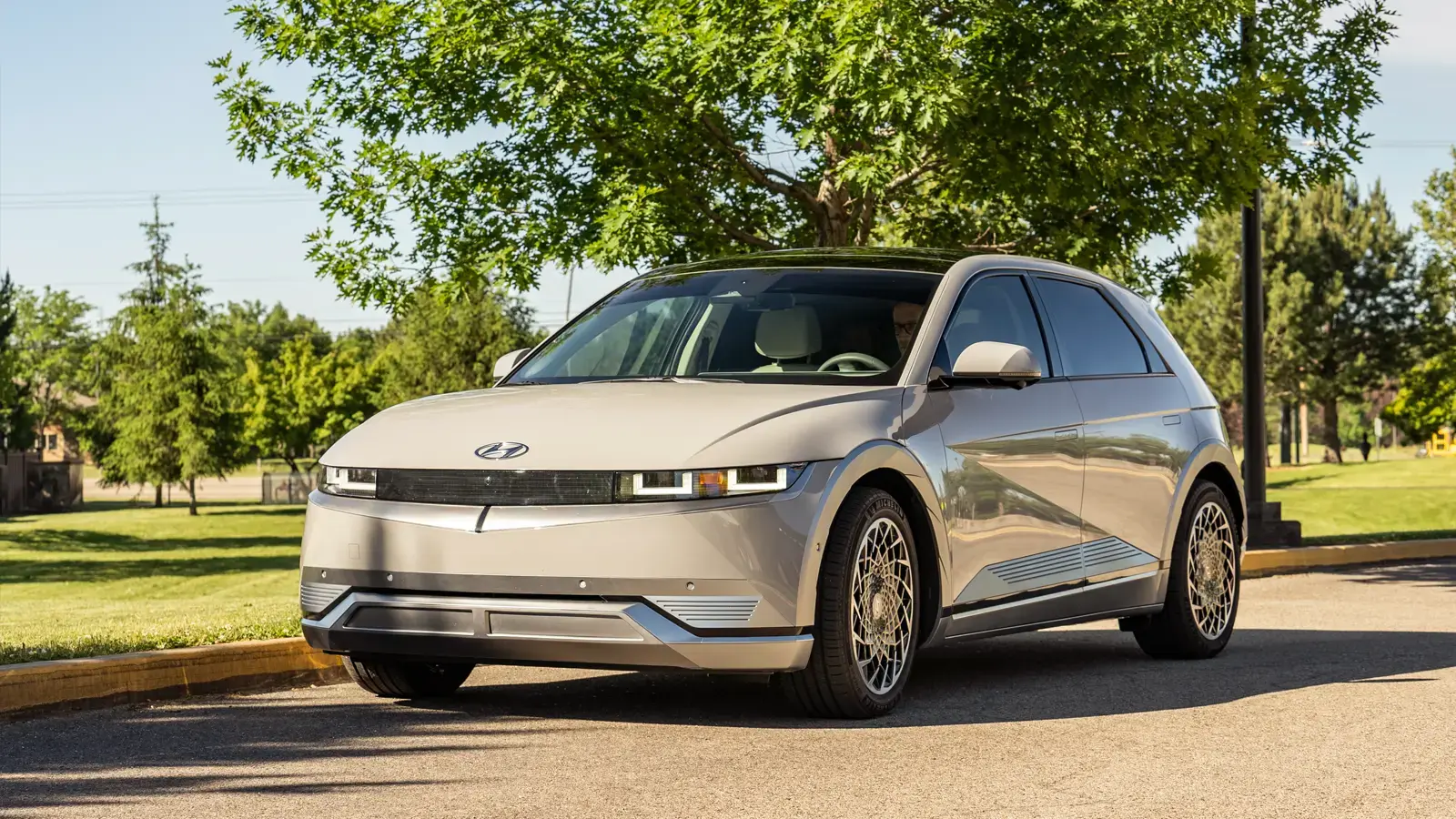EV Batteries Beyond the Road
Electric vehicle (EV) batteries don’t just make driving cleaner; they are quickly becoming key components in powering homes, businesses, and the broader energy grid. Once confined to vehicles, EV batteries are now at the center of a major shift in how we store, distribute, and use electricity.
This article explores how EV batteries are being used beyond the road, including vehicle-to-home (V2H) backup systems, energy grid support, and disaster resilience. If you thought your EV was just for commuting, think again.
From Transportation to Energy Storage
Modern EV batteries are large, mobile energy storage units. A typical EV battery holds between 40 and 100 kilowatt-hours (kWh) of energy, enough to power the average American home for several days.
Thanks to advances in bidirectional charging technology, EVs can now send energy back into homes, buildings, or even the electric grid.

1. Vehicle-to-Home (V2H): Powering Your Home with Your Car
Bidirectional chargers allow your EV to act like a giant backup battery.
How it works:
- During normal use, you charge your EV as usual.
- During a power outage or peak pricing period, the charger sends stored energy from the EV battery to your home.
- Some systems switch automatically, ensuring uninterrupted power for key appliances.
Real-World Applications:
- The Ford F-150 Lightning with Ford Charge Station Pro can power a home for 3 to 10 days depending on usage.
- Hyundai and Kia are developing V2H-compatible EVs with plug-and-play features.
- Homeowners with solar panels can store excess solar energy in their EV battery during the day and use it at night.
2. Vehicle-to-Grid (V2G): Supporting the Electrical Grid
In V2G setups, EVs help stabilize the grid by sending electricity back when demand is high.
Benefits:
- Reduces the need for dirty, expensive peaker plants
- Helps utilities manage demand spikes
- Could earn you money through participation in demand response programs
This technology is still in pilot stages in the United States, but many utilities are actively testing it with fleet vehicles, school buses, and private EV owners.
3. Vehicle-to-Load (V2L): Portable Power on the Go
Many EVs now support V2L capabilities through onboard outlets or external adapters.
Use Cases Include:
- Camping: Powering a coffee maker, electric stove, or heater
- Job sites: Running power tools or lighting
- Events: Running a sound system or charging devices
- Emergencies: Charging a phone or medical equipment during blackouts
Models like the Hyundai IONIQ 5, Kia EV6, and Rivian R1T all offer built-in V2L ports for everyday convenience.
4. Second-Life Battery Use: Storage After Driving
When EV batteries degrade below about 70 percent capacity, they may no longer be ideal for driving, but they can still store energy reliably for other uses.
Common second-life applications:
- Home energy storage systems
- Commercial and industrial backup power
- Grid balancing and load shifting
- EV charging station energy reserves
Companies like Nissan, BMW, and GM are already repurposing used EV batteries for these systems.
5. Disaster Resilience and Emergency Preparedness
EV batteries are emerging as a key part of disaster preparedness and energy resilience.
- Provide backup power during hurricanes, wildfires, or grid failures
- Help communities build microgrids using solar panels and parked EVs
- Support rural and off-grid locations with clean, portable energy
As natural disasters increase in frequency and severity, the role of mobile energy storage becomes even more important.
Looking Ahead: A Smarter Energy Ecosystem
The future energy grid will be more decentralized and more dynamic, with EVs playing an essential role. Automakers, utilities, and tech companies are investing in the infrastructure to make EVs fully integrated with homes and the grid.
What’s coming:
- Widespread V2H and V2G compatibility
- Dynamic energy pricing based on real-time demand
- Solar + EV charging integration
- Smarter home energy management systems
Final Thoughts
EV batteries are not just powering vehicles; they are powering a revolution in how we produce, store, and use electricity. Whether it’s keeping your lights on during an outage, saving money through energy arbitrage, or helping stabilize the grid, your EV has far more value than just transportation.
Shift From Batteries to the Next EV Frontier
Start exploring EV charging fundamentals:
← Go Back: The Future of EV Batteries: What’s Next?
Explore More Courses: GreenCars 101 →












